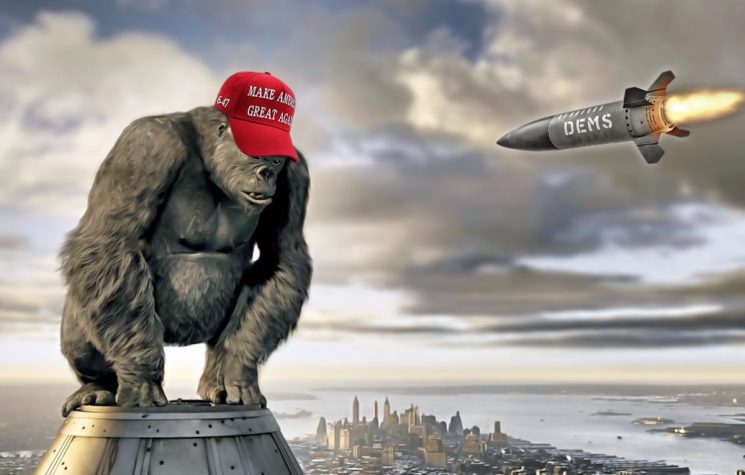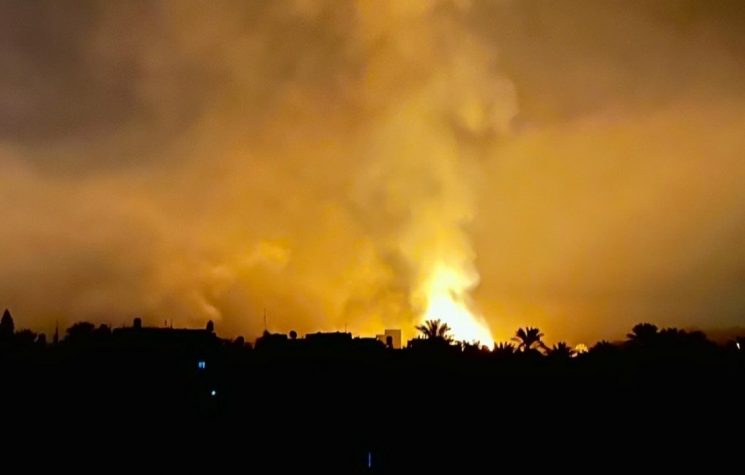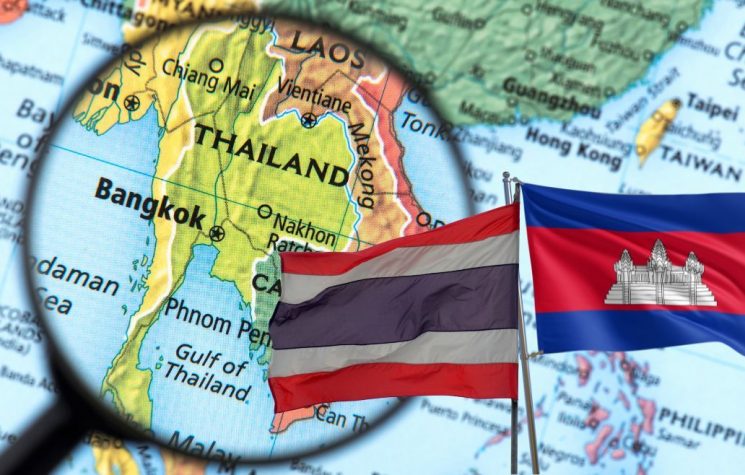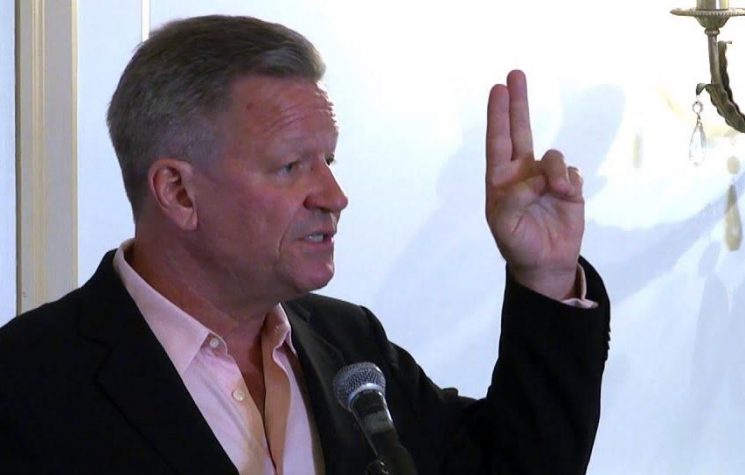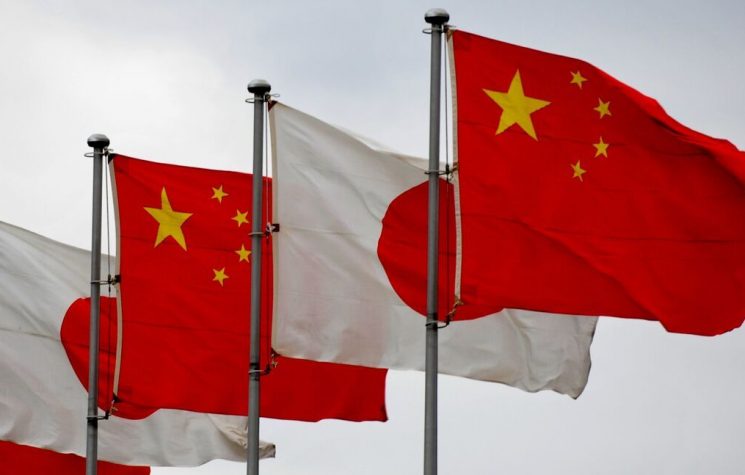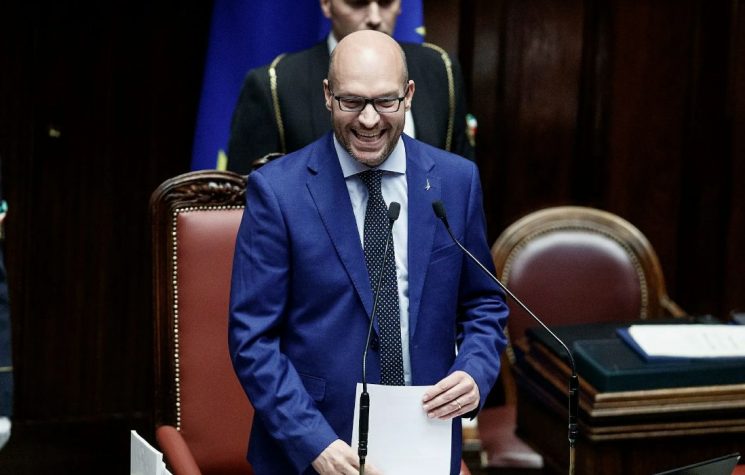U.S. disinformation and psyops strategies are based on what they accuse other countries of doing.
Contact us: info@strategic-culture.su
In the contemporary world, as we all know, conflicts have lost the linear character of kinetic clashes between opposing armies. This phenomenon hasn’t disappeared, but it has ceased to constitute the primary part of confrontations between opposing forces. In fifth-generation conflicts, even when there are clashes between armed forces, they are always preceded and accompanied by a myriad of other types of operations—psychological, cyber, and others—which facilitate the achievement of objectives by conventional forces. These other operations can even replace conventional forces when psychological operations achieve absolute success.
The U.S. would not be the unipolar hegemon if it had not long since mastered the subtleties of these forms of confrontation, which only in recent years have been better understood by counter-hegemonic forces.
This is why it is extremely curious when U.S. authorities indignantly denounce the “psyops” carried out by “malicious actors like Russia and China” against the U.S. population. Yet, it is a remarkable phenomenon, because, in fact, initiatives, projects, and departments focused on “combating disinformation by malicious actors” have been growing in recent years.
Here, it may be appropriate to give a personal example (which also gives me more grounds to reflect on the topic of “psyops” and “anti-psyops”): In 2023, I (along with SCF columnist Lucas Leiroz) was named in a report produced by the U.S. Department of State as one of the leaders of a “Russian disinformation network” of a “quasi-paramilitary” nature that “threatens democracy” in Brazil. The report was specifically produced by a team from the Global Engagement Center, a branch of the U.S. Department of State’s Global Public Affairs Office, created in 2016 to supposedly “combat disinformation” directed by foreign state and non-state actors that could threaten U.S. and allied policies, security, and stability.
Beneath the sanitized terminology, however, what we have is an Orwellian propaganda apparatus that, besides determining the “official truth” about events, seeks to discredit journalists, activists, and intellectuals who stray from the established parameters. The fact that this is not seen as merely a “public relations” activity, but rather as part of a military strategy, is indicated by a French report called Information Manipulation, which points out that almost all the employees of this agency are from the Pentagon. A practical effect of the aforementioned report is that it is common for “bots” on social networks to post the link to the State Department’s accusations in the comments of my posts.
In this sense, the U.S.’s “fight against disinformation” involves the production of disinformation to discredit the issuer of inconvenient narratives—namely, theses that contradict the disinformation produced in Washington. At the end of the day, “disinformation” ends up being redefined to mean “everything the enemy says,” while the U.S. side produces “science” and performs “fact-checking.”
One can clearly see how this entire discourse on “disinformation” is permeated with double standards. Take, for example, the case of the myth of “Russian interference in U.S. elections.” This psy-op, directed primarily at the domestic audience, was designed to make the U.S. electorate believe that Putin was behind Donald Trump’s election in 2016, and that he tried to “steal” the 2020 election for him, and is trying again now.
This specific psy-op involved coordination between the Democratic Party, the mass media, U.S. intelligence agencies, and private cybersecurity companies (such as Crowdstrike) with the aim of appealing to a “patriotic sentiment” against a candidate supposedly colluding with “foreign” interests. There’s also a certain trace of McCarthyism here.
In this procedure, a supposed “hacker attack” on Hillary Clinton’s emails is analyzed by a private cybersecurity company, with authorization from the intelligence services, and the conclusions are widely spread by the mass media as a “closed case” in which no doubts remain. All this has been part of an endless “Russiagate,” with its most recent branches being the accusations against “Tenet Media.”
China has also been targeted by similar operations. In September 2023, for instance, the same Global Engagement Center of the State Department published a report titled “How the People’s Republic of China Seeks to Reshape the Global Information Environment,” accusing China of spending billions acquiring shares in foreign media and promoting influencers to manipulate information about China. Among the Chinese tools mentioned by the State Department is censorship. This is quite curious. After all, part of the West’s psychoinformational war involves fighting to censor TikTok, which some accuse of “dumbing down” U.S. youth (and making them more promiscuous), while others accuse it of promoting anti-U.S. narratives through mysterious secret algorithms.
And, of course, we also know that the U.S. widely uses censorship against its adversaries in all spaces controlled by corporations tied to the Deep State, like Meta and Google, for instance. Just in the last few weeks, we’ve seen the censorship of RT on Meta networks. Meanwhile, on YouTube, this week, several important channels offering a counter-hegemonic view of events in Ukraine were deleted.
Thus, we can clearly analyze U.S. disinformation and psyops strategies based on what they accuse other countries of doing. Censorship eliminates the inconvenient presence of counter-narratives so that the West can freely promote the narratives of its choosing.
To make this even clearer, we can pay attention to a recent project involving some of the actors already mentioned. Recently, the U.S. House of Representatives passed the “Countering the People’s Republic of China Malign Influence Fund Authorization Act.” This project, as its name explicitly states, aims to guarantee resources (more than $300 million a year) to finance informational initiatives (i.e., psyops) aimed at undermining the confidence of Indo-Pacific, and particularly African, countries in collaboration with China and in their integration into the Belt & Road Initiative. In relation to this, it is also important to note the document A Vision for 2021 and Beyond, produced by the U.S. Army’s First Special Forces Command at Fort Bragg, as a simulation of the integration of psyops and geopolitical objectives in the context of “countering” Chinese influence in Africa.
“Malign influence,” a term frequently used in all U.S. documents on “disinformation,” is the euphemism employed to describe actions carried out by counter-hegemonic countries aimed at challenging the unipolar status quo of the “rules-based international order.”
The project would specifically aim to “support civil society and independent media,” which, in contemporary conditions, extends to social media influencers, who have become one of the best methods for influencing younger age groups, who no longer trust the mainstream media. When this is associated with the censorship of dissenting opinions, it creates the perfect scenario for information manipulation.
This project, which still needs Senate approval, will, in fact, be carried out precisely by the Global Engagement Center of the Department of State, with the help of USAID.
A similar case, but on a much smaller scale and one that, apparently, is not working very well, is the effort to destabilize Venezuela and incite the Venezuelan people, recently led by Erik Prince—who, in a typical hybrid scenario, gathered both mercenaries and a psyops operation on social networks called “YaCasiVenezuela.”
“YaCasiVenezuela,” which is also the name of some social media pages, is a psyops aimed at convincing Venezuelans that Nicolás Maduro’s fall is imminent and that they will have international support to overthrow him. The type of message and the way it is presented bears similarities to the pre-Euromaidan propaganda.
And here is where one must finally pay attention to the role of social media in these operations. Social networks have been the main arenas for spreading psyops in recent years, with the previously mentioned cases adding to a myriad of others. The main novelty in psyops is “deepfakes,” freely used to produce fake videos of political opponents. This tactic produces videos where the adversary appears to say things they wouldn’t normally say, which would obviously be damaging during an election period.
But this technology is so accessible, thanks to developments in artificial intelligence, that in many countries, virtually all political actors are using these methods, as seen, for example, in Bangladesh. Nevertheless, for obvious reasons, the U.S. is better prepared to effectively use this type of tactic, as revealed by The Intercept in March 2016. According to the documents analyzed at the time, the U.S. Special Operations Command (SOCOM) was seeking companies capable of building the necessary apparatus for what they call “advanced technologies for use in military informational support operations,” specifying that the goal is to gain the ability to collect data on social networks to shape and direct “influence operations,” thus achieving the capacity to produce digital fraud and disinformation campaigns. These terms are not value judgments and are present in the very document in question, dated February 2023, and published by SOCOM’s Directorate of Science and Technology.
But the U.S. also uses already “classic” methods of disinformation and psyops on social networks, such as creating fake profiles managed by the military or creating bots, as happened in 2020 with the aim of sabotaging Sino-Filipino relations with false information about vaccines. This operation took place on Twitter (now “X”), at the time still under the direction of Jack Dorsey. The same Jack Dorsey was allegedly contacted in 2010 by the State Department to collaborate on the creation of the app ZunZuneo, a kind of “Cuban Twitter,” whose real purpose was to promote a “Cuban Spring” in Havana. It is unclear if Dorsey was actually involved in this project, which ultimately failed and was shut down in 2012.
One way or another, the international landscape promises an intensification and radicalization of U.S. informational operations, directed especially at the civil societies of “disputed countries”—while simultaneously, the U.S. accuses its adversaries of “disinformation” and leverages its influence over the most popular social networks to silence dissenting voices.










